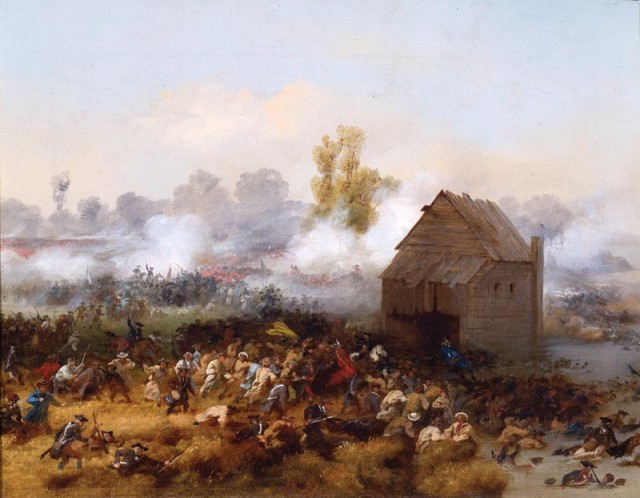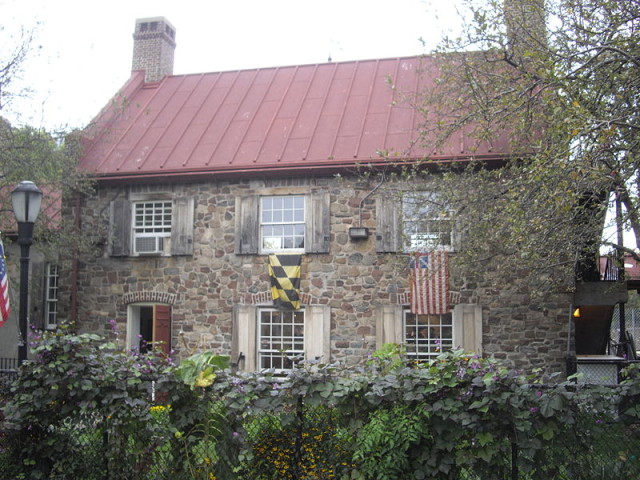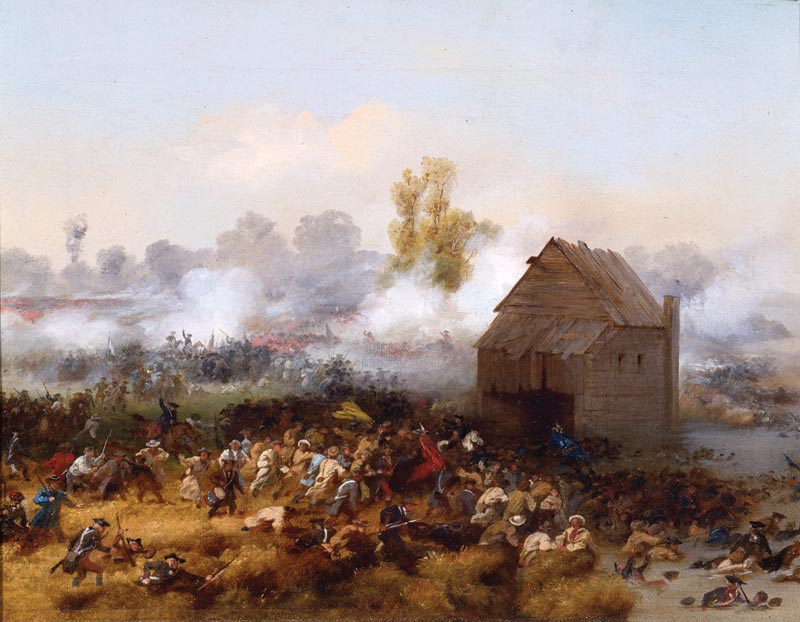During any war, it is nearly impossible to keep track of all of the soldiers’ bodies after they have fallen. Their comrades who were able to make it out of battles alive were just trying to keep their own lives safe without having to look after the ones who had fallen. Additionally, it would be difficult to bury the countless bodies that war causes, and with that, many poor men are often left where they died.
There is a new campaign going on where scores of volunteers are looking to find hundreds of bodies from Maryland soldiers who died during the Revolutionary War. This effort is so that a war monument can be erected in their honor. However, they need bodies identified before they can write the fallen soldiers’ names on the monument.

Many historians believe that hundreds of men were killed during the Battle of Brooklyn and are now buried somewhere in Park Slope’s neighborhood. Those men died among with others during the battle known as the Battle of Long Island in August 1776.
Some documents state that more than 250 out of what is now known as the Maryland 400 died in a battle near a farmhouse. It is still unknown just how many men were killed; the numbers that were documented remain questionable, and those men’s final resting place has never been found.
A military author, Patrick K. O’Donnell, believes that, with an effort from volunteers, those men’s final resting place will be uncovered, resulting in the tribute to honor their war efforts. O’Donnell’s new book discusses the Maryland troops as some of George Washington’s most dependable fighters during that eight-year war. He said that it is his goal to make people aware of that story and hopefully someone will know bits of information as to where those soldiers are buried.
It is believed that hundreds of Maryland soldiers had made several attacks against a large British force around that stone farmhouse. The bayonet-wielding men charged, preventing two groups of redcoats from attacking nearly 10,000 Americans. Those men were outnumbered about two to one and had then retreated to Brooklyn Heights.
The British commander had decided to put off another attack until the following day. That delay gave Washington time to ferry his whole army across the East River to Manhattan during the night. The British took control of New York the next month, but Washington’s forces ended up escaping in order to continue the fight for independence. O’Donnell explained that the unit had saved the army at that point. There had also been several other times that the army had been saved, by the unit especially in the South. They were known as Washington’s shock troops.
Many historians believe the men were buried in unmarked trenches right next to the farmhouse. However, others believe there is a burial spot nearby which is now a vacant private lot. The last archeological excavation attempting to find the men happened in the 1950’s, but it failed to find any evidence of the military battles.

The burial location of those men remains one of the greater mysteries of that war. Kim Maier, the executive director of the Old Stone House, said that the burial is one of the greater mysteries of Brooklyn history as well. The Old Stone House is a museum that was reconstructed near the site in 1933. The materials to build the museum were actually some of the original battlefield structures which were torn down almost 120 years ago.
O’Donnell’s book is one of nine he has written. A majority of the others he has written are about World War II spies and elite American units like the U.S. Army Rangers. He said that he became obsessed with the Marylanders’ burial location story after touring the Brooklyn battle’s site.
O’Donnell actually spent five years of doing research on the Marylanders. He visited every battlefield from New York to South Carolina, combing through their archives in the United States and Britain as well. All of the information he learned, he dedicated to the patriots who lost their lives. He dubbed those men as the original band of brothers who fought despite the overwhelming conditions and lack of food, clothing, and equipment.
He explained that those men had marched barefoot, starving, and unpaid. Those men walked thousands of miles to fight their enemies; the least people could do is erect a monument for everything they had done.
